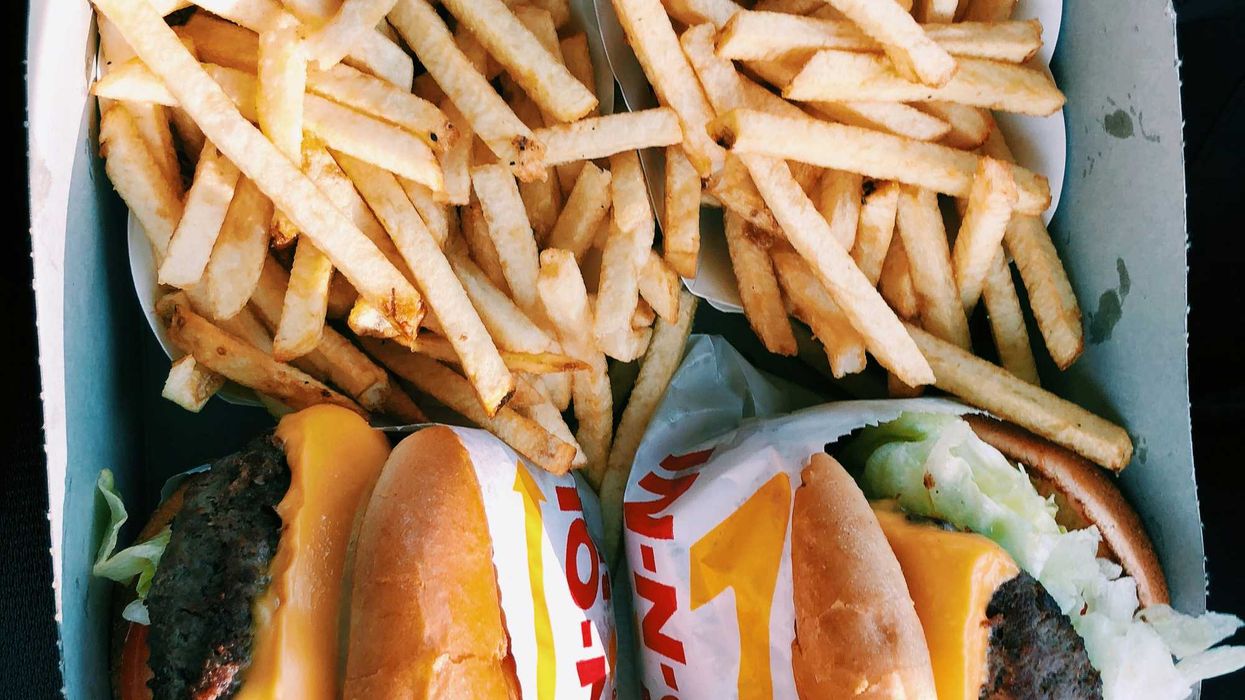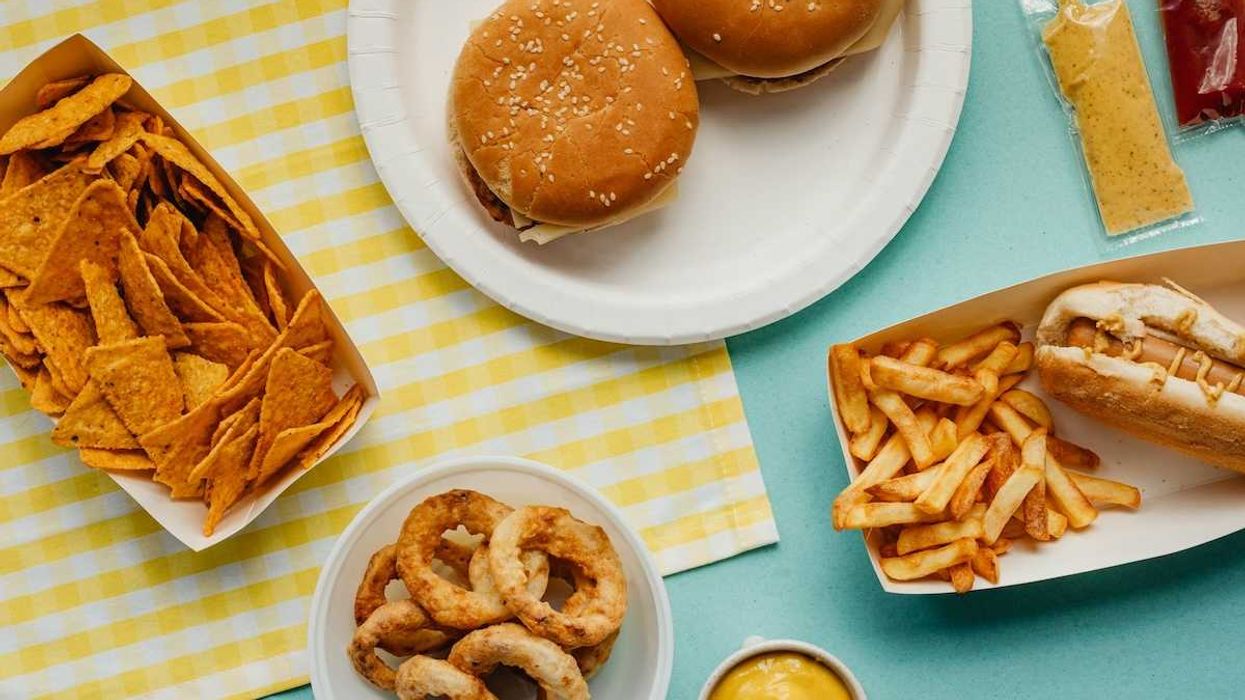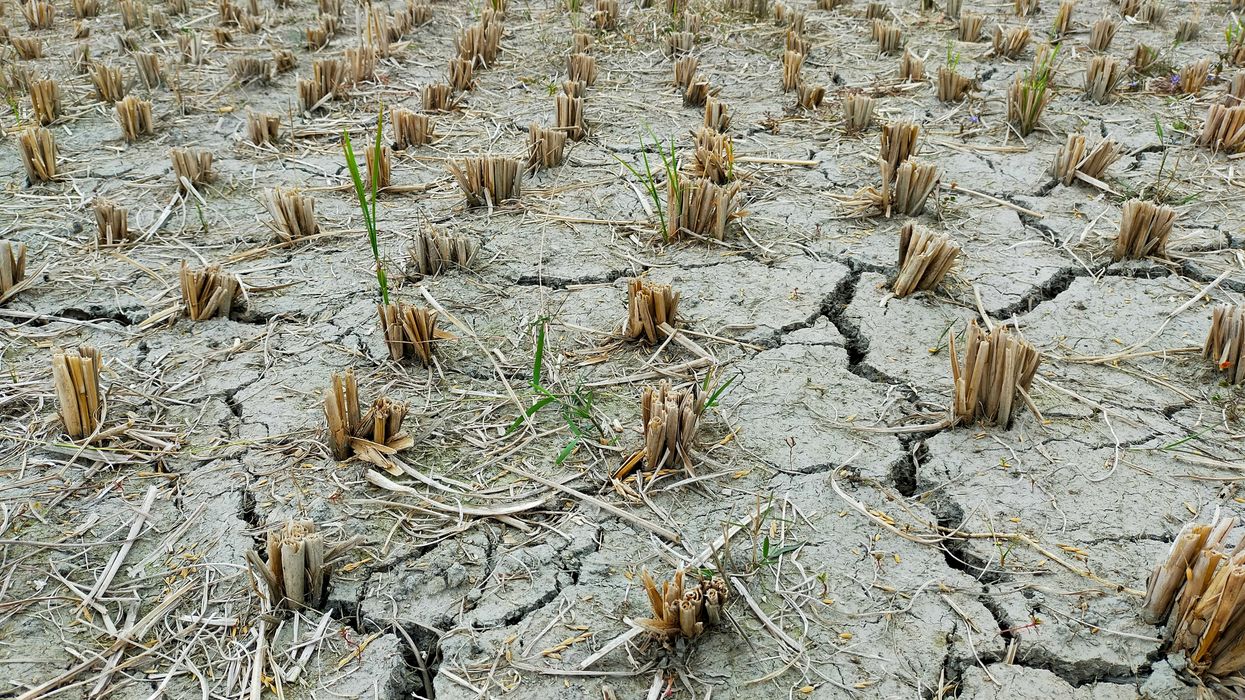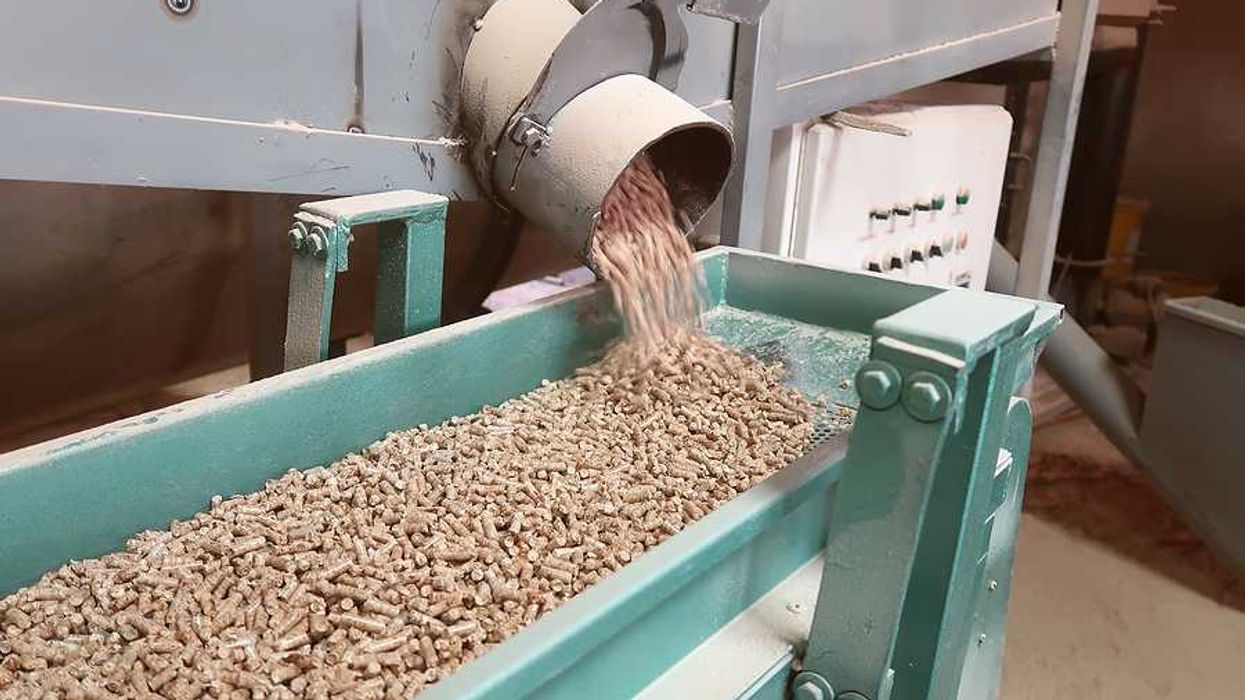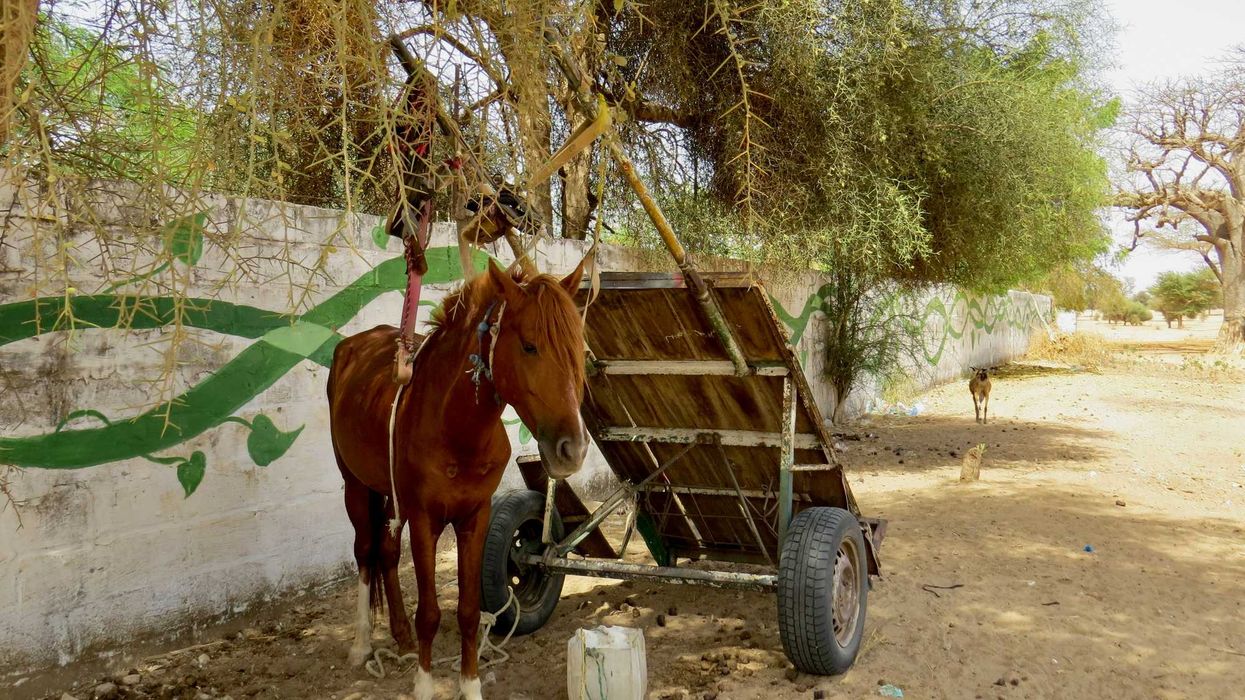Bees exposed to microplastic pollution struggle to remember floral scents linked to food rewards, a disruption that could have sweeping effects on agriculture and ecosystems.
Marta Zaraska reports for The Washington Post.
In short:
- Microplastics from products like packaging and cosmetics are contaminating soil, air, and vegetation, and bees are ingesting them through nectar and the environment.
- Research shows microplastics can enter bees’ guts and brains, damaging memory, weakening immune responses, and increasing death rates.
- Flowers and crops are also directly harmed, as microplastics can clog plant structures necessary for pollination and reduce flowering rates.
Key quote:
"If plastic is adding to all the stressors that pollinators are facing already, I think we really might be in a tricky position."
— Thomas Cherico Wanger-Guerrero, agroecologist at Agroscope, Switzerland’s agricultural research center
Why this matters:
Pollinators like bees are vital to global food production, with over one-third of the crops we eat relying on them. Microplastics, now pervasive across ecosystems, are emerging as a hidden but potent threat to these species. When bees ingest or come into contact with microplastics, their health declines — weakening their ability to forage, reproduce, and survive. This is particularly alarming as bees already face mounting pressure from pesticides, habitat loss, and climate change; the contamination of honey with microplastics highlights a direct route for these particles into the human food chain. Beyond the health of individual bees or plants, the broader implications touch nearly every level of the food system.
Related EHN coverage:



